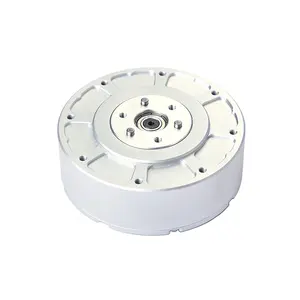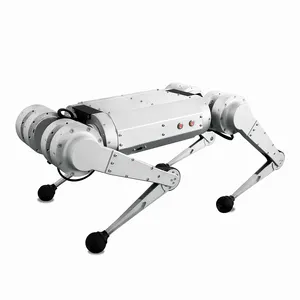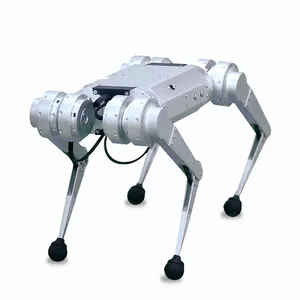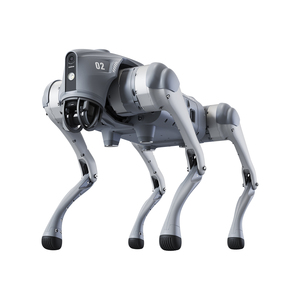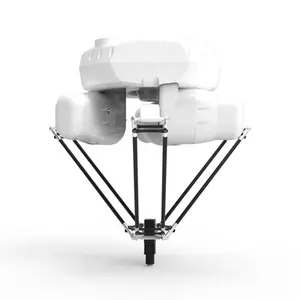4 Legged Robot Mechanism




 1/28
1/28




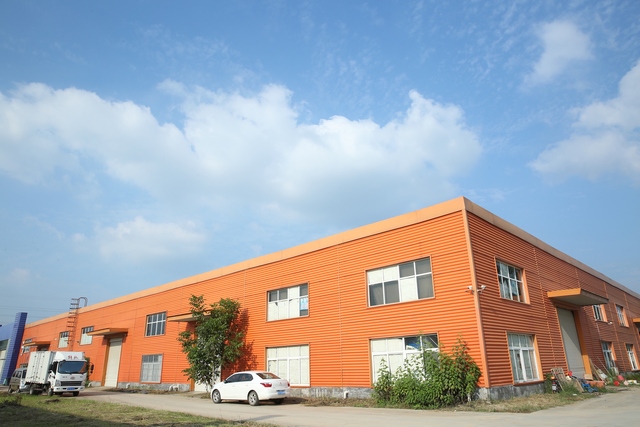
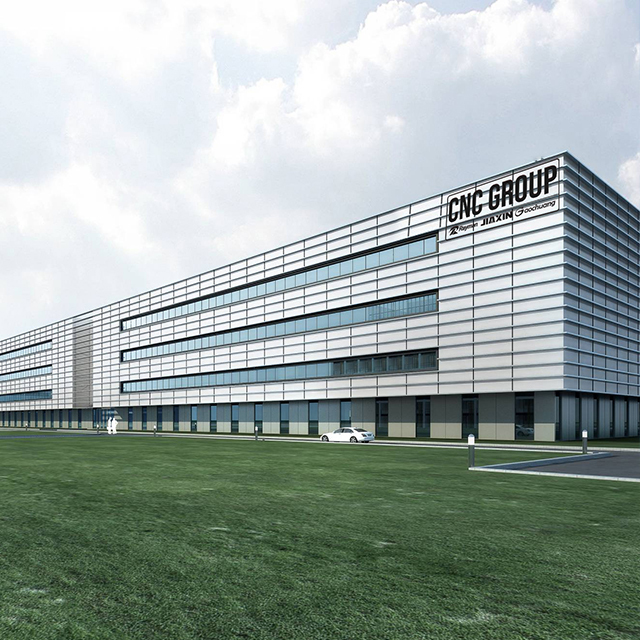






 1/22
1/22




 1/5
1/5



 1/13
1/13

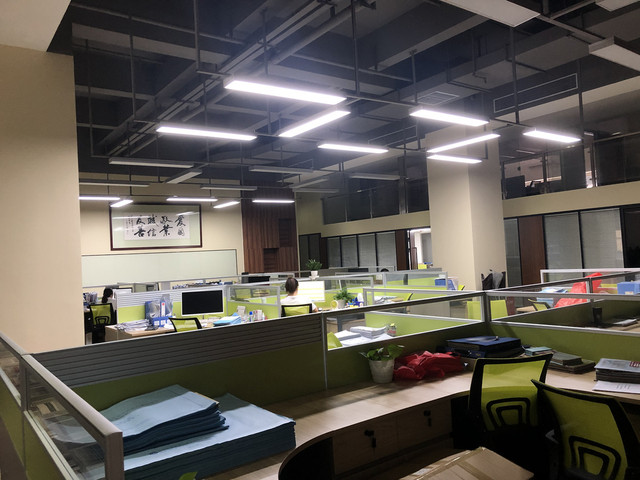
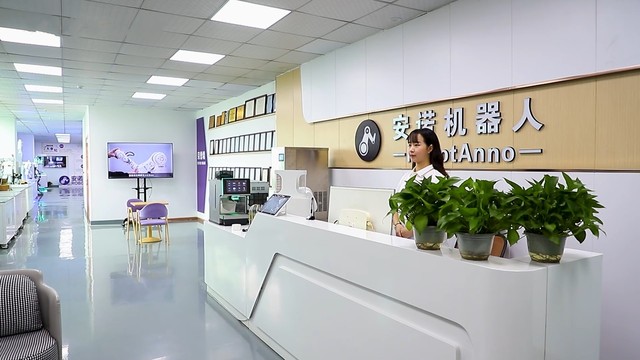





 1/10
1/10






About 4 legged robot mechanism
Where to Find 4 Legged Robot Mechanism Suppliers?
China is a leading manufacturing hub for advanced robotic systems, including four-legged robot mechanisms, with key production clusters in Shandong, Beijing, and Guangdong provinces. Shandong’s industrial base excels in integrated electromechanical design, combining structural engineering with AI-driven control systems. The region benefits from proximity to steel and electronics supply chains, enabling cost-efficient fabrication of load-bearing frames and embedded motor assemblies. Beijing leverages its strong R&D ecosystem, hosting specialized firms focused on precision motion control and bionic locomotion technologies.
These regional clusters support vertically integrated production models, where suppliers manage everything from CNC machining and servo integration to final system calibration. This consolidation reduces component lead times and enhances consistency in batch production. Buyers can expect typical delivery windows of 30–60 days for standard configurations, with localized sourcing cutting logistics costs by 15–25% compared to non-Asian manufacturers. Many suppliers also offer modular designs that allow rapid reconfiguration for research, industrial inspection, or educational applications.
How to Choose 4 Legged Robot Mechanism Suppliers?
Selecting a reliable supplier requires due diligence across technical, operational, and transactional dimensions:
Technical Capability Verification
Confirm the supplier’s expertise in dynamic legged locomotion systems. Key indicators include experience with brushless DC motors, harmonic drives, IMU sensors, and real-time control algorithms (e.g., MIT Cheetah-inspired gait logic). Review product specifications for payload capacity, stride range, and terrain adaptability. For research or commercial deployment, ensure firmware supports ROS (Robot Operating System) integration and sensor expandability.
Production & Quality Infrastructure
Assess core manufacturing competencies through the following criteria:
- In-house assembly lines with dedicated testing rigs for walking stability and joint torque calibration
- Use of aerospace-grade aluminum or reinforced composites for limb construction
- Implementation of closed-loop feedback systems and battery management protocols
Cross-reference online revenue metrics and reorder rates as proxies for market validation. Prioritize suppliers with response times under 6 hours and on-time delivery performance exceeding 90%.
Procurement Safeguards
Utilize secure payment methods with milestone-based disbursement. Request sample units for functional evaluation—particularly gait smoothness, obstacle negotiation, and remote command responsiveness. Verify export compliance documentation, especially for shipments requiring CE, FCC, or RoHS certification. For customized builds, insist on detailed CAD models and prototype validation before full-scale production.
What Are the Best 4 Legged Robot Mechanism Suppliers?
| Company Name | Location | Main Products | Price Range (USD) | MOQ | On-Time Delivery | Avg. Response | Reorder Rate | Online Revenue |
|---|---|---|---|---|---|---|---|---|
| Shandong Jiaxin Machinery Equipment Co., Ltd. | Shandong, CN | Intelligent 4-legged robots, construction robotics | $3,500–6,500 | 1 set | 94% | ≤2h | 28% | US $1.2M+ |
| Outrotor Technology Co., Limited | Guangdong, CN | Brushless actuators, MIT Mini Cheetah modules | $144.90–399.90 | 2 pieces | 91% | ≤6h | 25% | US $20K+ |
| Beijing Times-Chaoqun Electronic Appliance Company | Beijing, CN | Robotic arms, articulated motion systems | $880–10,400 | 1 unit | 91% | ≤8h | 20% | US $110K+ |
| Jinan Chuangyi Intelligent Equipment Co., Ltd. | Shandong, CN | Gantry-type 4-legged industrial robots | $4,500–20,000 | 1 set | 100% | ≤2h | <15% | US $2K+ |
| Shandong Cyber CNC Group Co., Ltd. | Shandong, CN | Bionic robot dogs, AI-powered quadrupeds | $6,000–6,510 | 1 dozen | 79% | ≤4h | 40% | US $220K+ |
Performance Analysis
Shandong Jiaxin and Jinan Chuangyi demonstrate high reliability with on-time delivery rates of 94% and 100%, respectively, making them suitable for time-sensitive deployments. Outrotor stands out for component-level innovation, offering affordable brushless motor kits compatible with open-source quadruped platforms at MOQs as low as two units. Beijing Times-Chaoqun provides entry-level options like tabletop four-axis systems starting at $880, ideal for academic prototyping. Despite lower reorder volume, Jinan Chuangyi achieves perfect punctuality, suggesting disciplined production planning. Shandong Cyber CNC exhibits strong customer retention (40% reorder rate), indicating satisfaction with product functionality despite longer lead times. Buyers seeking complete robot dogs should prioritize suppliers with AI navigation and autonomous operation features clearly documented.
FAQs
What materials are commonly used in 4 legged robot mechanisms?
Structural components are typically fabricated from 6061 or 7075 aluminum alloys for lightweight strength. Joint housings may incorporate engineering plastics like POM or PA6 for wear resistance. High-torque actuators often use neodymium magnets and sealed bearings to withstand dynamic loads during trotting or climbing maneuvers.
What is the typical lead time for custom 4 legged robots?
Standard models ship within 30–45 days. Custom configurations involving new gaits, sensor integration, or body redesign require 60–90 days, depending on complexity. Prototype development usually takes 4–6 weeks after finalizing technical drawings and control software requirements.
Can suppliers provide ROS-compatible robots?
Yes, several suppliers offer ROS-enabled models, particularly those marketing to research institutions. Confirm API access, message publishing frequency, and compatibility with common middleware like NavStack or MoveIt before procurement.
Do suppliers support OEM/ODM services?
Many suppliers listed offer customization options including color, branding (logo printing), mechanical dimensions, and functional parameters. Shandong Jiaxin explicitly lists 3D scanning and label packaging as available services, indicating mature ODM capabilities.
What are common power and control specifications?
Most units operate on 24V or 36V lithium-ion battery systems, with average runtimes of 2–4 hours under continuous movement. Control interfaces include Wi-Fi, Bluetooth, and sometimes 5G modules. Advanced models feature obstacle detection via LiDAR, stereo vision, or ultrasonic arrays.










